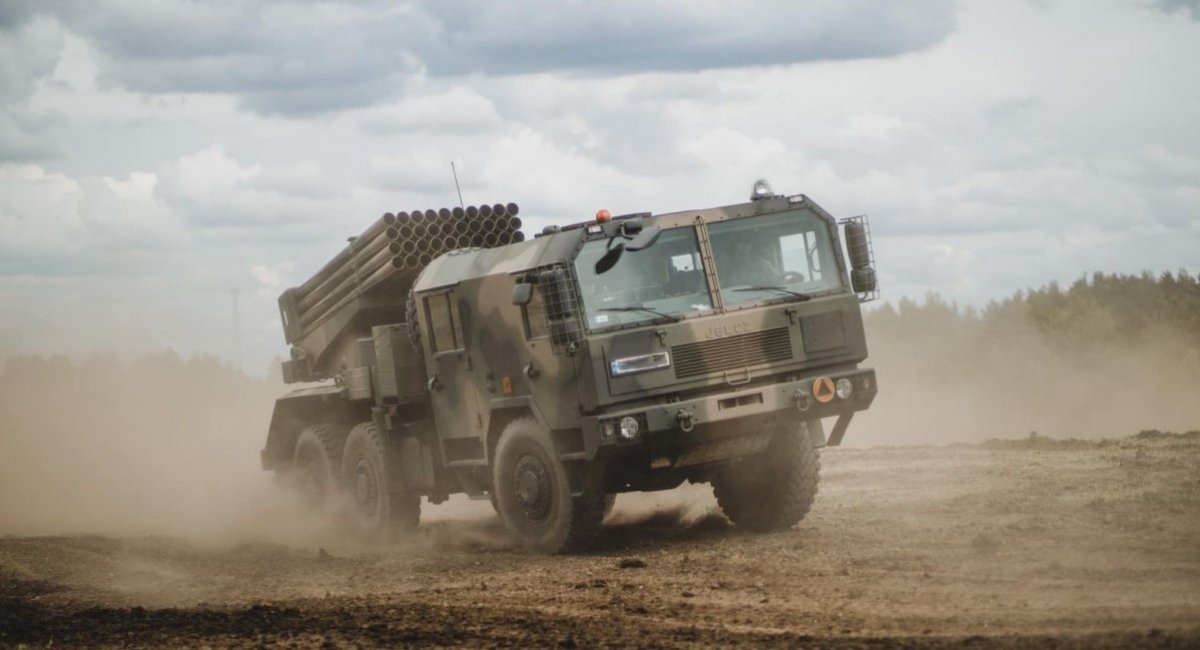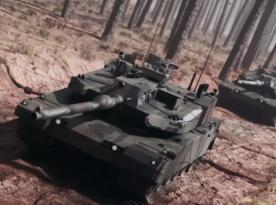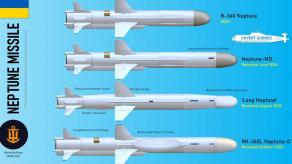Public discourse has sparked in Poland around the possibility of increasing the firing range of WR-40 Langusta, a local modernization of the Soviet BM-21 Grad multiple launch rocket system. The idea to raise the bar for this artillery rocket weapon, ordinarily firing at 20 km, as high as 70 km may sound too ambitious, but it's theoretically achievable.
In this context, Defence24 gathered all known facts about the project, after the goal of 70 km was voiced by Polish Army Major General Miroslaw Spurek, recently appointed commander of the 15th Gizycko Mechanized Brigade.
Read more: Which NATO Country Gave Quarter of its BM-21 Grad Systems to Ukraine (Photo)
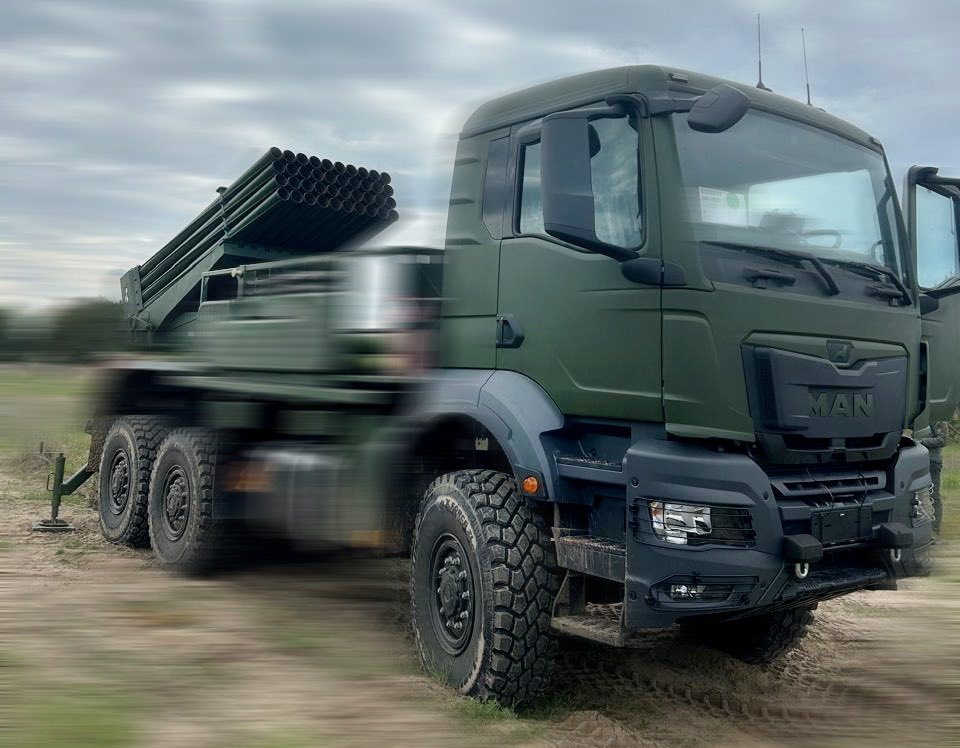
On a note from Defense Express, the Grad MLRS and its modifications usually can fire at ranges 20 to 42 km, depending on the ammunition. However, further increasing this parameter may come at a cost of reduced accuracy and warhead firepower, degrading its overall combat effectiveness.
Accordingly, to engage targets at distances as far as 70 km, larger caliber rockets are often used, like the 220mm GMLRS rockets for M142 HIMARS. Therefore, WR-40 Langusta being bound to 122mm caliber is one of the main factors that limit its firing range to 42 kilometers.
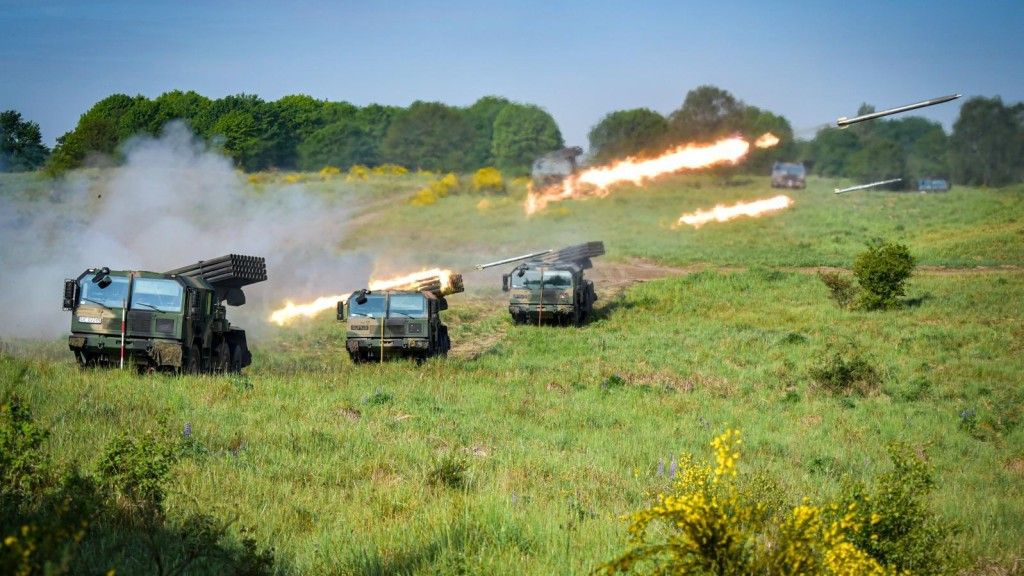
However, the 15th Giżycka Mechanized Brigade of the Polish Army seems to insist on raising the bar for this MLRS. The suggested upgrade program envisions not only creating new ammunition but implementing a whole complex of measures to that end.
Particularly interesting here is the passage about Polish M-21 FHD Fenix rockets that allowed Langusta to reach a 42-km range in the first place. According to Miroslav Spurek, they have the potential to fly all 70 km.

And the funny thing here is that there was actually a 65-km version called Fenix-Z that Poland once developed. Leading this effort were Bumar Amunicja plants (now Mesko S.A.) together with the Special Production Plant in Bolechowo (FPS Bolechowo, now also Mesko S.A).
However, Mesko itself replied they are not currently working in this direction, though would be interested in developing upon a request from the national military. The Polish company also conducted theoretical calculations and estimated that a maximum range of 70 km can be achieved by slightly lengthening the rocket engine case and installing a control system with inertial guidance paired with GPS to fix the precision problem.
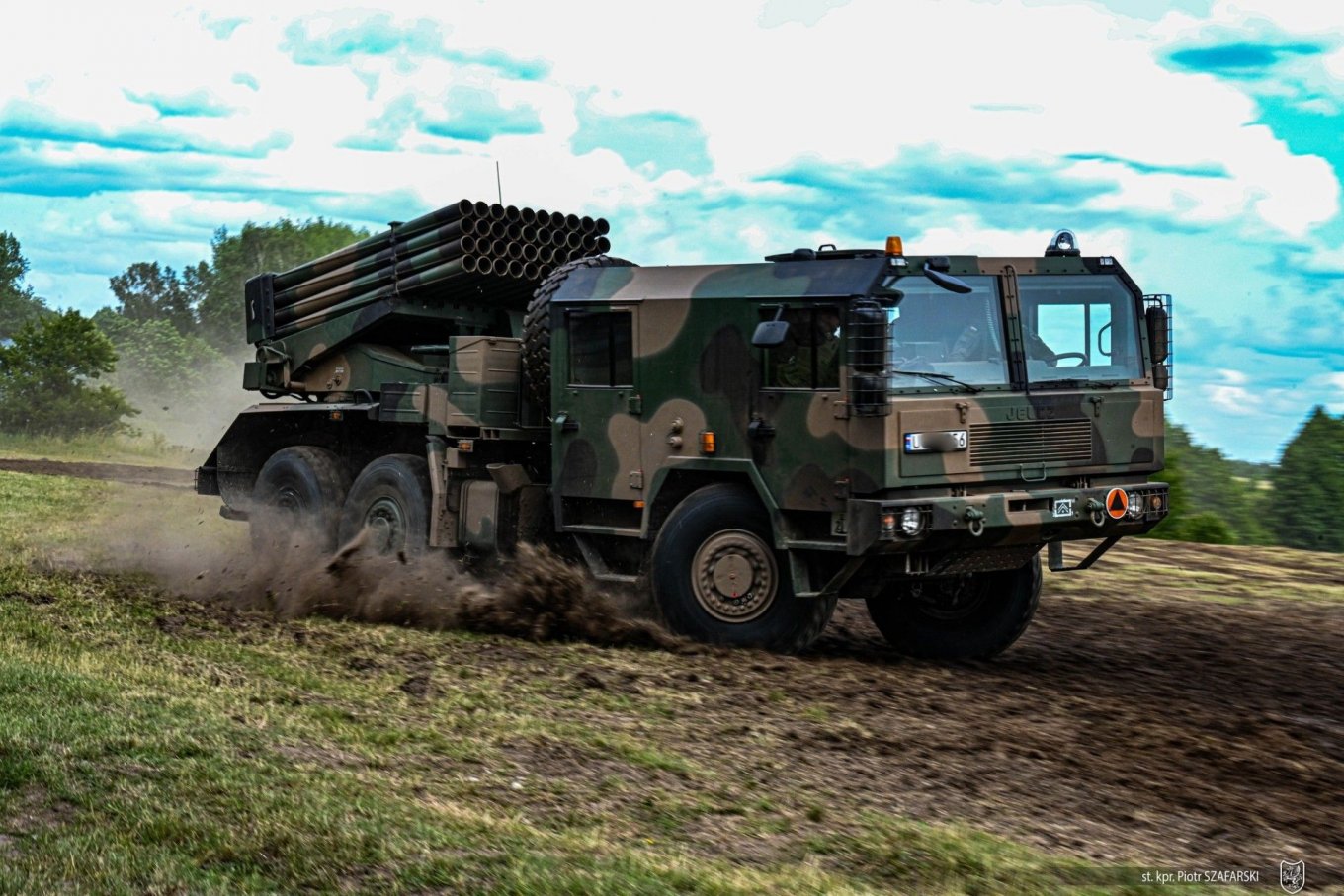
So, it turns out that to make a 122mm rocket achieve such capabilities, one does not need to sacrifice the warhead weight too much, and it is even possible to ensure some acceptable accuracy. Still, another issue arises about the cost and cost-efficiency of such weapons.
The Grad MLRS is valued, first and foremost, as a cheap means to deliver a barrage over a certain area. With a similar idea in mind, even the U.S. got interested in 120mm ammunition of its own for HIMARS. Adding a control and guidance system, plus, most likely, a new engine may affect the price beyond rational.
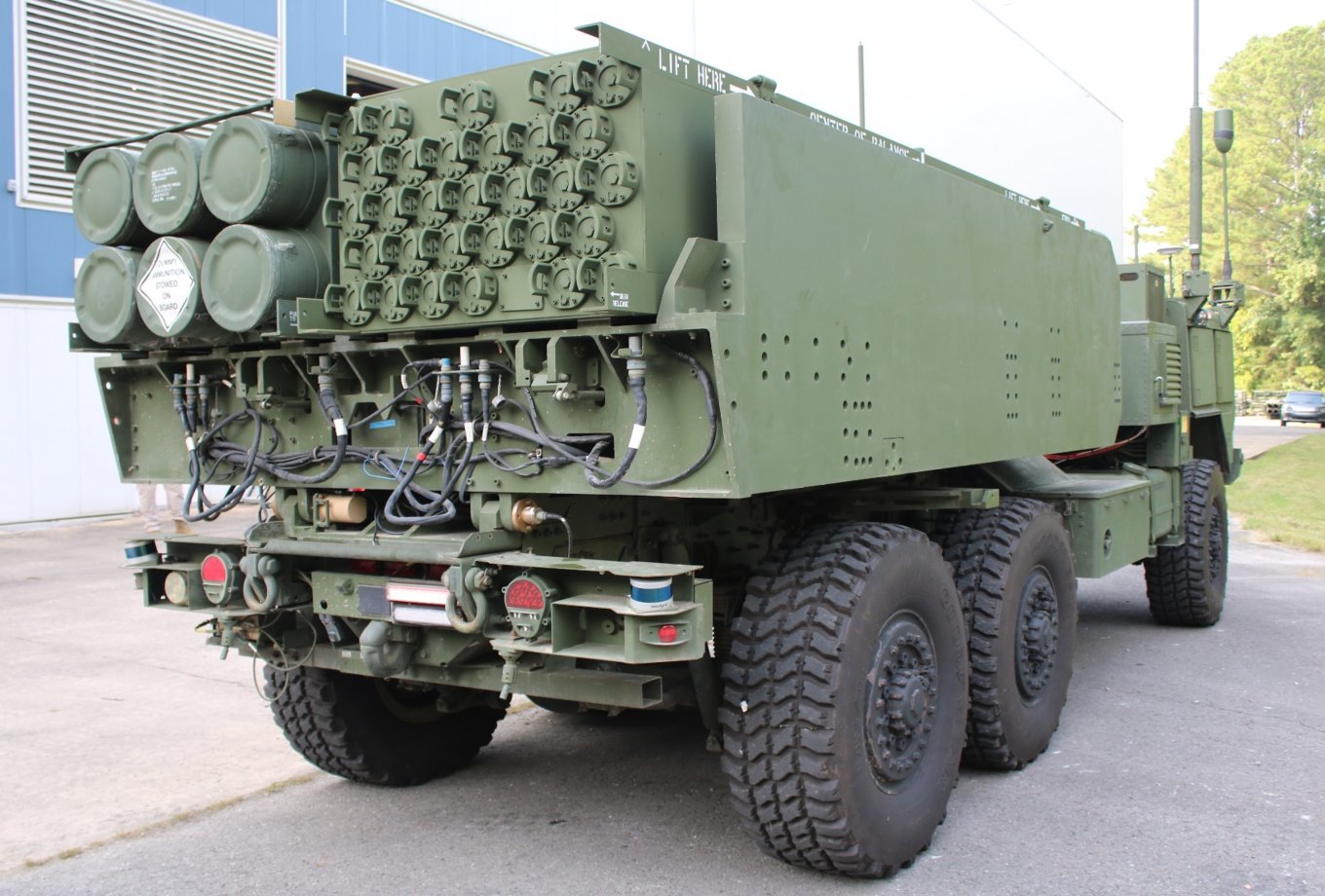
At the same time, it is unknown whether such missiles will prove effective at ranges up to 70 km. This calls for a question, if it would be more logical to use a different caliber ammunition or simply deploy another weapon with precision fire capability instead of creating a makeshift alternative out of Langusta.
On the flip side, there's a pragmatic and important point in favor of such an upgrade: it can distance the launcher away from a drone attack danger. These days, attack UAVs easily fly as deep as 40 km into the enemy territory hunting for artillery and other valuable targets.
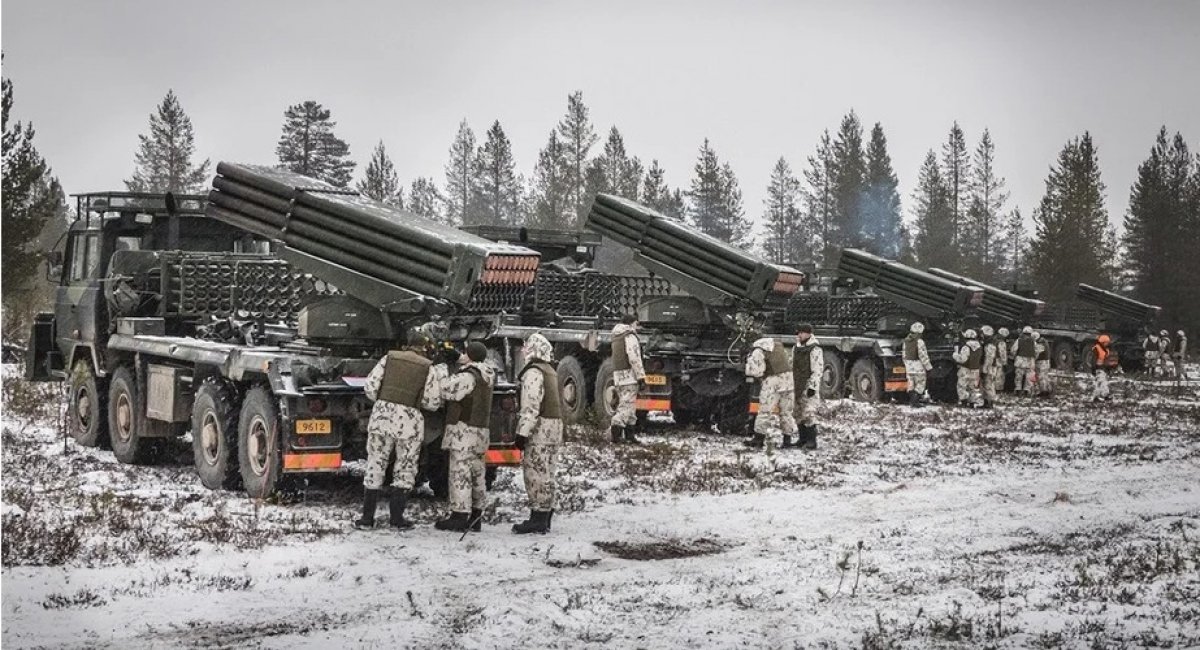
All in all, it's difficult to say whether the Grad system will retain its effectiveness when fighting targets at a distance of up to 70 km, with modifications or not. Perhaps leaving it as a niche solution for close range engagements is the way it should be. Regardless, only time can tell if the Polish army decides to go through with this plan.
Read more: How russians Got Chinese Ammo for North Korean Type-75 MLRS and What Makes It Better



